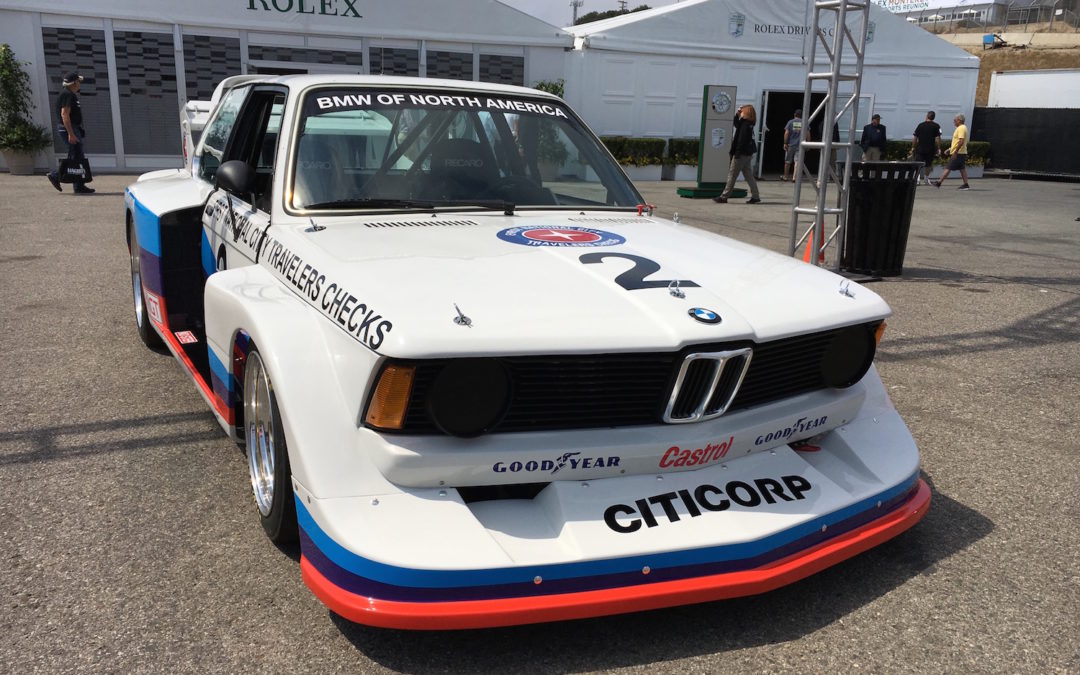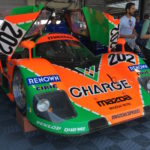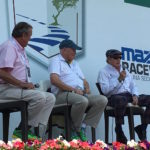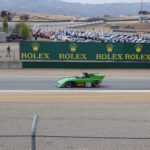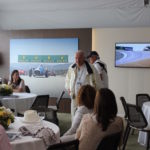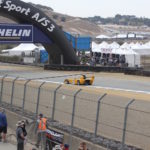Ever wonder who was crazy enough to suggest racing vintage cars on one of the toughest tracks in America? Well, Digital Trends got the download from two of the racers who took part in the original Rolex Motorsports Reunion 42 years ago.
Sir Jackie Stewart, the Scottish Formula One racing icon credited with three World Drivers’ Championships, and David Hobbs, the British racing driver with an expansive motor sport career in all levels of racing, were on hand for the latest Reunion run Saturday with first-hand experiences from the Reunion’s history.
In 1974, the story goes, Steve Earle decided to rent Laguna Seca Raceway the Saturday before Pebble Beach Concours d’Elegance and invited 20 pals with vintage racecars. Earle demanded only one thing from his attendees: Everyone had to drive their historic racers on track. This was no car show.
Read More: Motorsport Dreams Come Alive In The Superformance Ford GT40
Vintage racing wasn’t a new concept in the U.S., but it did lack the parameters to keep it safe, fun, and long-lasting. Earle’s event didn’t offer prizes for winning races, and prohibited contact between cars. Before long, automakers took interest. Alfa Romeo was the first “featured marque” of the Reunion in 1975, and other brands followed suit. This year, BMW took the spotlight at Mazda Raceway Laguna Seca to celebrate its Centenary, bringing with it dozens of its most successful racecars.
Rolex took over from Earle’s General Racing group as the event’s title sponsor in 2009. Of course, the luxury watch manufacturer is no stranger to motor sport involvement. Rolex supports Formula 1, the 24 Hours of Le Mans, and the 24 Hours at Daytona. Now the event includes two weekends of racing, including a Pre-Reunion, and spans over 100 years of vehicle models. It’s truly a sight to behold.
As the two racing legends bantered on a stage, pausing for the roar of cars to fade around turn 3, the frightening — and sometimes hilarious — stories of years past revealed the significance of this motorsports event. Vintage racing in the U.S. just simply wouldn’t be the same without it.

